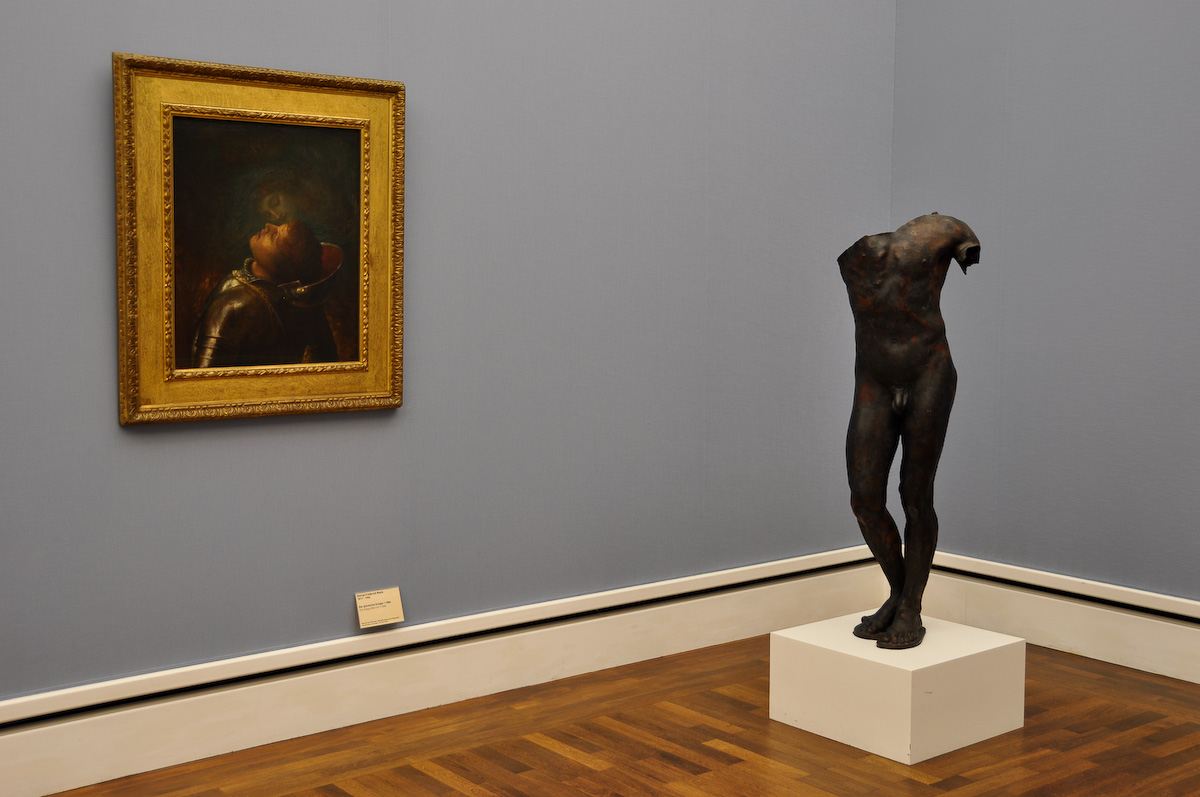
This is the space shuttle Discovery, one of the five vessels that the NASA has launched into space and back between 1981 and 2011. Recently, I had to a chance to see an exhibition of this original at the National Air and Space Museum near Washington. Seeing the shuttle in real life was a mind blowing experience.
What strikes me about space exploration goes beyond the fact that mankind successfully traveled into the orbit dozens of times. It’s about the incredible speed at which all of this developed. It was only in 1903 that the Wright Brothers invented motorized flight. In 1969, only 66 years later, mankind stepped onto the surface of the moon and another 12 years until the space shuttle program started flying humans into space and back.
To me, this space vessel is a symbol of what a collective of human beings is capable of achieving when science meets passion, imagination and last but not least political willpower: We can engage in unprecedented endeavors where the impossible becomes possible. Let’s not just take the technology we now live with for granted but understand that at the beginning of all technological revolution stands science and imagination. We can shape this future with our work.




